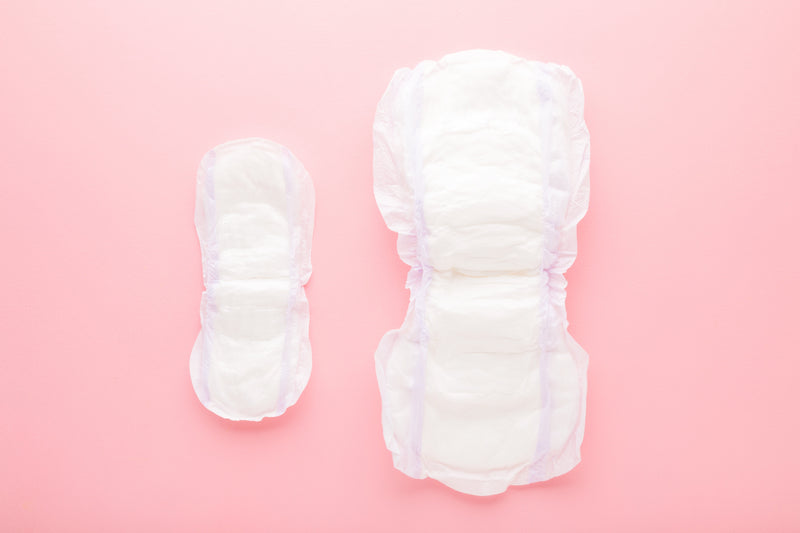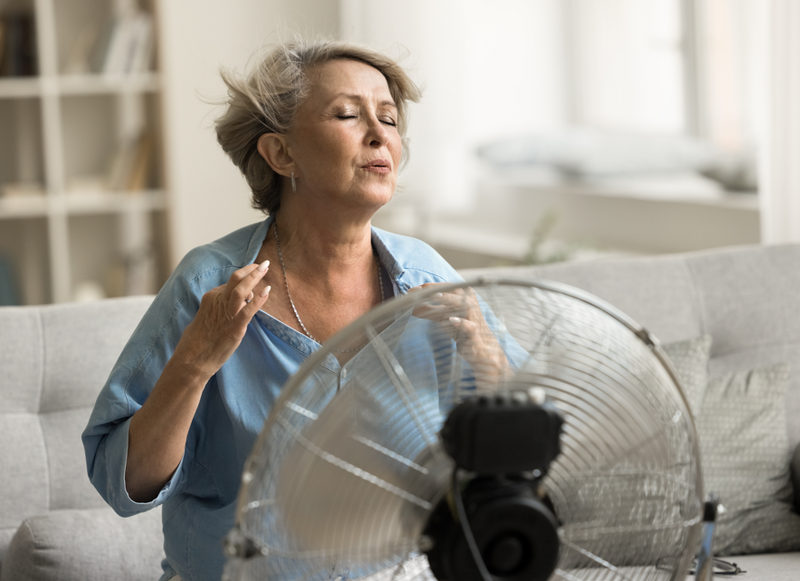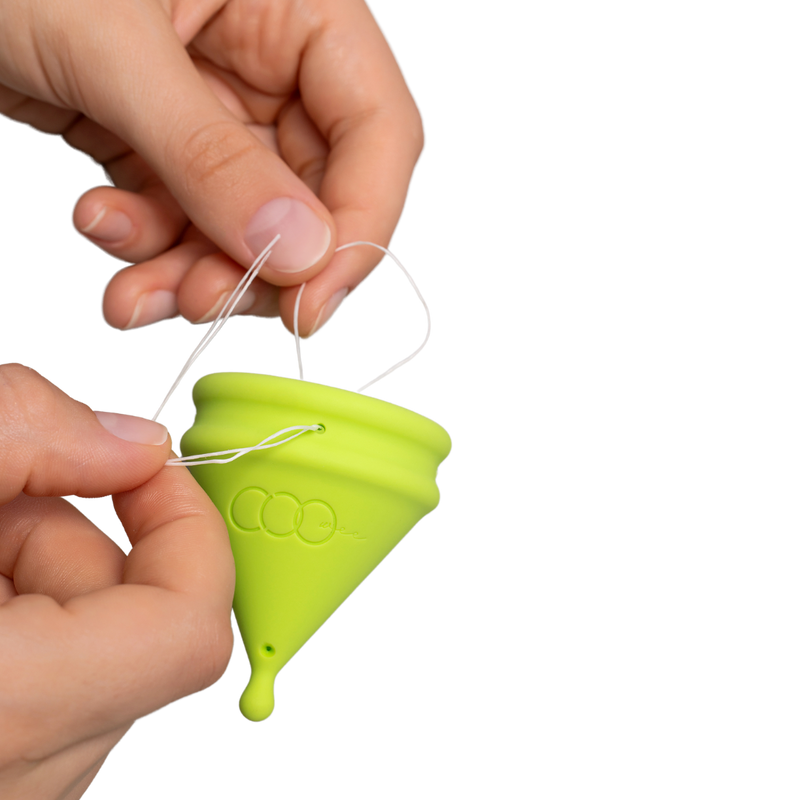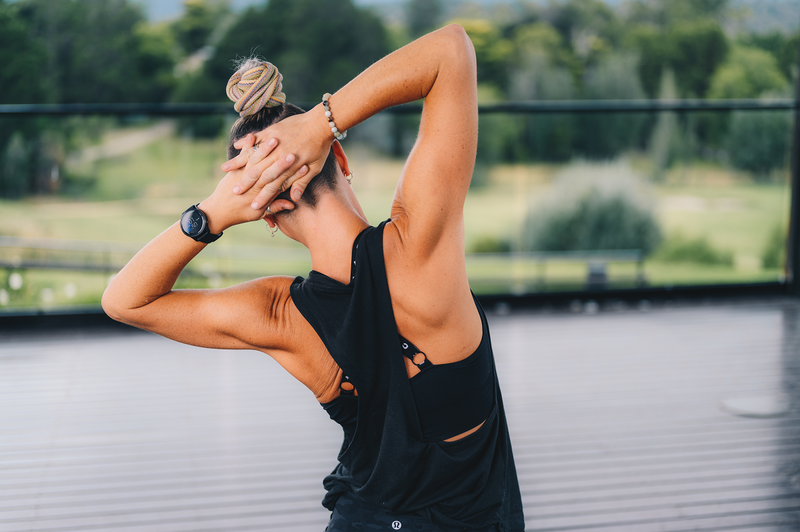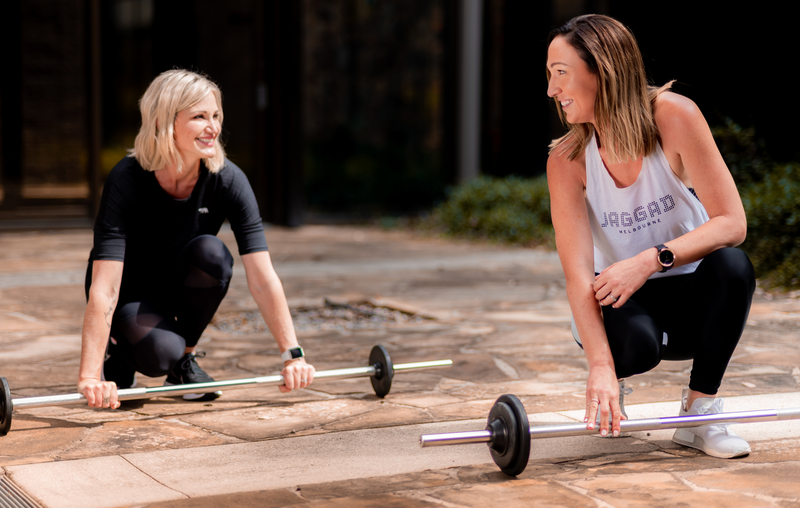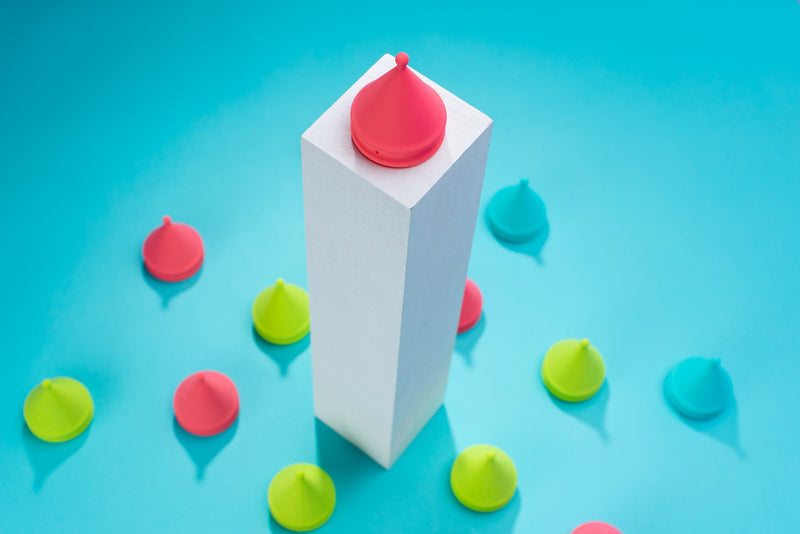A Simple Guide to Help You Decide What Treatment Might Work
Not all bladder leaks are the same-and not every treatment works for every type. If you've ever felt unsure about where to start or why certain solutions haven't helped, you're not alone.
Figuring out which type you're dealing with is a crucial first step. It helps you pick a treatment that actually works-and doesn't waste your time, money, or energy.
Here's a simple breakdown of the three most common types of urinary incontinence, how they typically show up, and what treatment options tend to help most for each.
Stress Incontinence
What It Feels Like: Leaks that happen when there's pressure or movement-coughing, sneezing, laughing, jumping, lifting, or exercising. It's caused by weakened pelvic floor muscles that can't properly support the bladder and urethra.
Common Triggers:
- Running or jumping
- Heavy lifting
- Laughing or coughing
- Pregnancy or childbirth
- Menopause
Best Treatment Options:
- Pelvic floor exercises (like Kegels)
- Reusable support devices (like Coo-Wee) that provide internal lift and support
- Surgery (e.g., sling procedures) for more severe cases
- Lifestyle changes (avoiding high-impact exercise, reducing caffeine)
Where Coo-Wee Fits In:
Coo-Wee is ideal for mild to moderate stress incontinence. It offers discreet internal support to help prevent leaks during physical activity-without needing to rely on pads or invasive procedures.

Urge Incontinence (Overactive Bladder)
What It Feels Like: Sudden, strong urges to urinate-sometimes followed by leakage. You might feel like you need to go urgently and often, even if your bladder isn't full. This is often caused by overactive bladder muscles or nerve signals.
Common Triggers:
- Hearing running water
- Being near a toilet
- Drinking caffeine or alcohol
- Anxiety or cold weather
Best Treatment Options:
- Bladder training
- Medications that calm the bladder muscles
- Botox injections
- Pelvic floor therapy
- Avoiding bladder irritants
Where Coo-Wee Fits In:
While Coo-Wee is traditionally linked to stress incontinence, it can also help reduce urge-related symptoms in some women by providing extra pelvic support. For some, internal support can cut pressure on the bladder neck and lessen urgency or leaks-especially when you combine it with pelvic floor training.

Mixed Incontinence
What It Feels Like: A mix of both stress and urge incontinence. You might experience leaks from physical movement and from sudden urges.
Common Triggers:
- Physical activity
- Sudden bladder urgency
- Common in older women or after childbirth
Best Treatment Options:
- Pelvic floor therapy (addresses both types)
- Lifestyle adjustments
- A mix of medication, bladder training, and mechanical support
Where Coo-Wee Fits In:
Coo-Wee can help women with mixed incontinence by reducing stress-related leaks and, in some cases, easing the intensity or frequency of urge-related episodes. It can be used alongside other therapies for a more complete management plan.
Use Our Guide to Understand Your Body and Make More Confident Choices.
Knowing what type of incontinence you have helps you make better decisions-and regain more control over your daily life.
Whether your leaks come from movement, urgency, or a mix of both, Coo-Wee may be a helpful, non-invasive option to add to your toolkit-especially for mild to moderate cases.
Take our quick quiz to discover which Coo-Wee product might suit your needs and feel more confident choosing the treatment that's right for your body.


